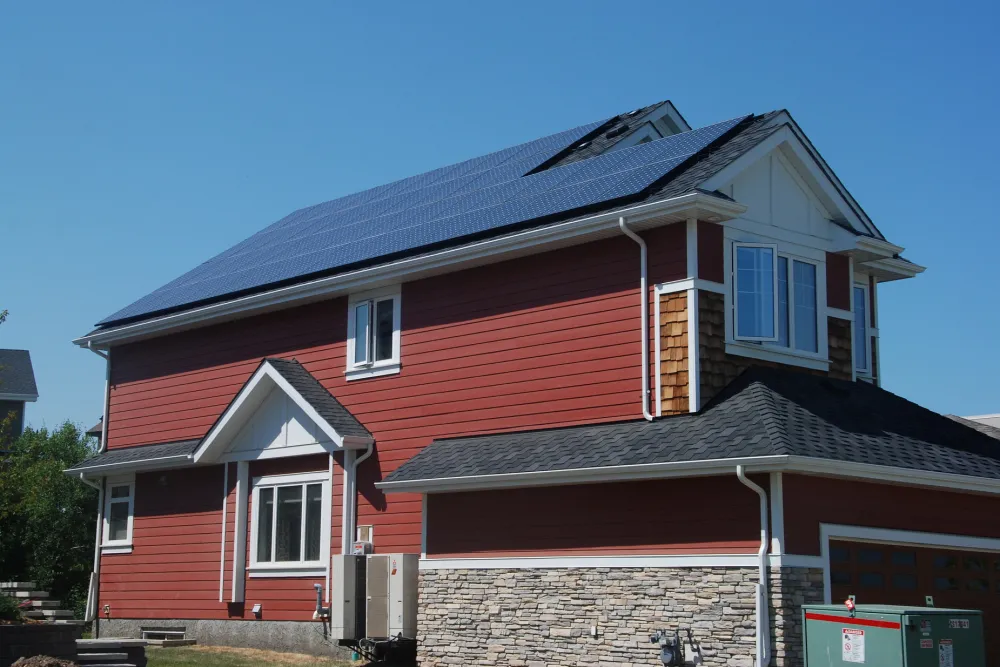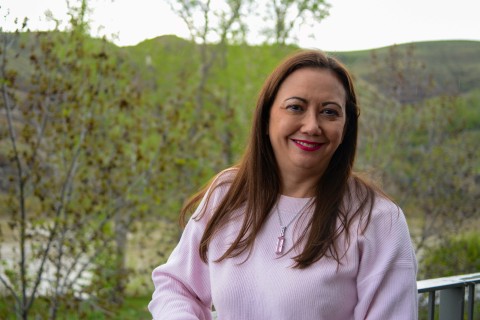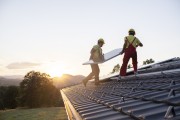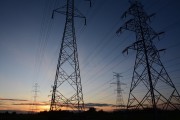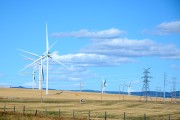Canada’s energy future is changing fast. Solar panels are showing up on schools and home rooftops, electric vehicles are becoming more common, and communities are eager to play a bigger role in shaping their energy future. But here’s the problem: while the transition is moving forward, too many people are left on the sidelines.
Technologies like rooftop solar, battery storage and electric vehicles, collectively known as Distributed Energy Resources or DERs, have often been seen as niche options for early adopters. But they can be so much more. When shared across a community and used together, they don’t just reduce emissions, they save money, improve reliability and give people a say in how energy is made and used.
DERs aren’t just about clean power. They’re about community power.
Imagine this:
- A school board installs solar panels and batteries, lowering bills and earning money when the grid is under stress.
- An Indigenous community develops a solar and storage project, creating long-term benefits and jobs.
- A town uses its electric-vehicle fleet not just for transport, but as a flexible energy resource — able to deliver power back to the grid or reduce demand when needed.
This community-led approach is already happening in places like California and New York, where local governments and organizations help people team up and take charge through community energy programs.
The power of aggregation
This coordination, known as aggregation, lets many small energy systems, like solar panels or EVs, act together as one. A local organization, municipality, or Indigenous government can manage this collective power to lower costs, reduce grid strain, and even earn revenue by selling services back to the local electricity system. It turns individual resources into shared community infrastructure.
By coordinating how and when they produce or use energy, communities like school boards, Indigenous nations, social housing providers, and municipalities can lower costs and get paid for supporting the grid. Whether it’s solar-powered schools, battery-backed buildings, or electric buses that charge off-peak and support the grid during peaks, these shared energy resources reduce strain and unlock new revenue.
In Canada, we’ve focused mostly on individual clean technology adoption and large centralized solutions. These approaches are important, but they don’t always reflect local needs or benefits. Communities want to lead, own energy infrastructure, and decide what’s right for them. They just need support.
Supporting active participation
Subsidies and one-time bill payment programs offer temporary relief, but they're not a long-term solution. Real progress comes when communities are empowered to be active participants in the energy system. Governments and utilities have a critical role to play — by funding projects that deliver value, reforming outdated rules so communities are paid for the services they provide to the utility system and by co- designing systems with communities, not just delivering electricity to them.
If we welcome participation, we can lower energy bills, reduce infrastructure costs and create new revenue streams, especially for communities that have historically been excluded.
This kind of local approach also makes our grid stronger. When solar panels, batteries, building energy management systems and EVs are coordinated, they reduce strain during peak times and respond quickly when demand spikes or outages threaten reliability. That means fewer blackouts, fewer price spikes, more predictable bills and less pressure to build expensive infrastructure. Investments in DERs can also shield homes and businesses from the impacts of geopolitical shifts that drive up utility bills.
But to get there, we need to make it easier for communities to take part. That means giving them the tools, resources, and recognition they need to lead, like simplified permitting processes, upfront grants or loans to invest in solar and storage, fair compensation for energy services provided, and tax incentives that apply to co-ops and community ownership models. It means valuing the energy they produce, the flexibility they offer, and the future they want to create.
Building a clean energy future isn’t just about technology. It’s about trust, collaboration and giving people the means to shape their own futures. If we want a grid that works for everyone, we need to open the door wide — and invite everyone in to help build it, shape it and share in its benefits.

